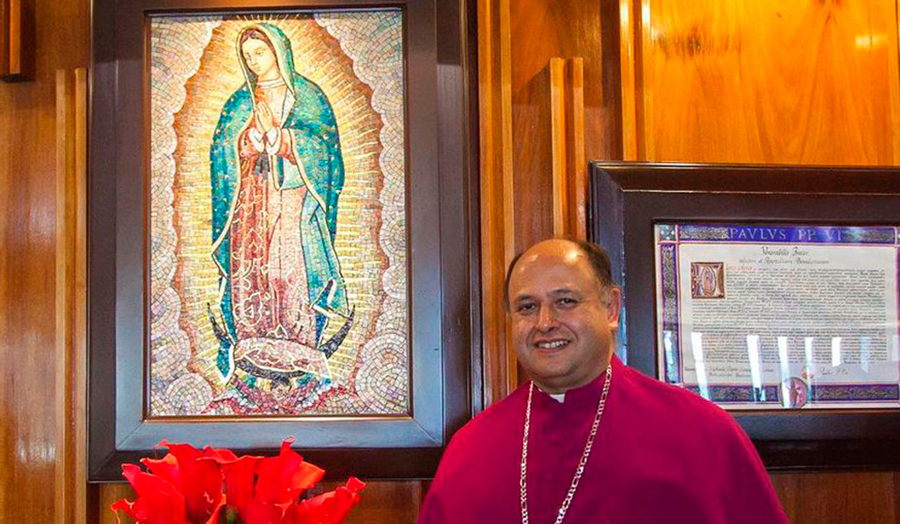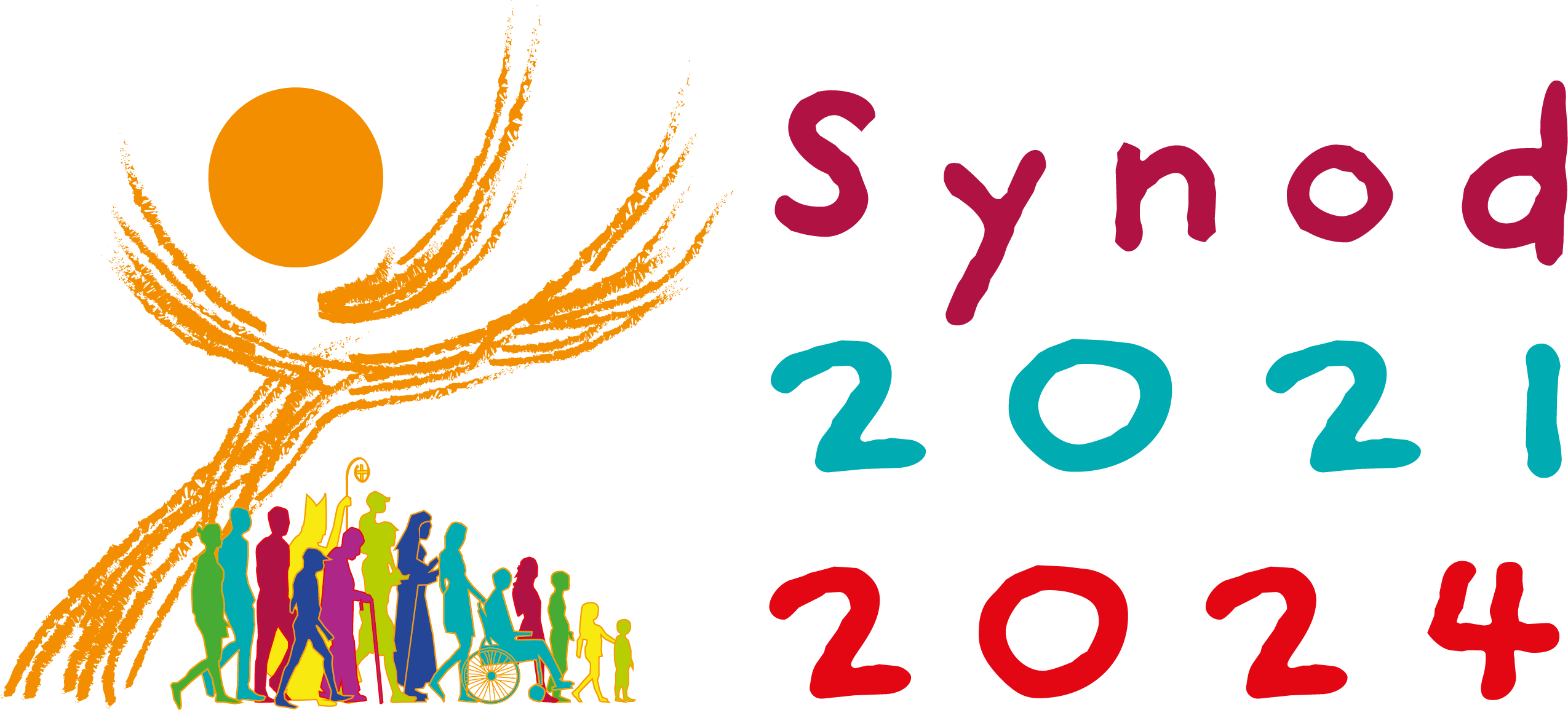
This is his full message:
“The first fact we can grasp about the Virgin Mary is that she is a member of the Jewish people. This can be affirmed by her name; by the fact that she was betrothed to Joseph, a member of the house of David (Lk 1:26-27) and that she is related to Elizabeth (Lk 1:36). She, like every young Jewish woman, lived in the hope of being chosen as the mother of the Messiah, and this was fulfilled by God through the ambassadorship of the angel Gabriel. In Judaism, the journey of faith is undoubtedly an individual responsibility of relationship with God, as God commanded in the first commandment: “You shall love the Lord your God with all your heart…” (Deut 6:5). However, this irreducibly individual commandment adds the person to a people belonging to the Lord through a covenant made on Mount Sinai (Ex 19:5-6). Mary inherited through knowledge and experience the communal sense of belonging to God. Thus, being called to be part of the people, she receives the command of personal love and, by fulfilling this command, she is truly included in the ‘holy people of God’.
Mary, on receiving the angel’s visit, is not surprised that she is the chosen one, but questions the uniqueness of the angel’s greeting and how the announced son would become incarnate. A little further on in the Gospel accounts we see the young couple Joseph and Mary complying with the rule of the dominant country to register in Bethlehem of Judah. In this pilgrimage, which led to the birth of Jesus in precarious circumstances (Lk 2:1-7), we can observe Mary and Joseph fulfilling the timeliness or inadequacy of the mandate they received. They face reality trusting in God’s providence. This same obedience leads them to flee in haste to Egypt in the face of Herod’s threat (Mt 2:13-15). She walks, her husband and son walk, with or without comfort, in haste and under threat. And on their return from Egypt, their eyes are fixed on a small village in Galilee. They walk as individuals bound by love and God’s providential plan that brings their wanderings to completion. When Jesus was twelve years old, it was the mother’s turn to confront her son after three days of bewilderment: Why have you done this to us? Your father and I were looking for you…” (Lk 2:48). The term of reference is not you-you, but you-us. Mary is not conceived separately from Joseph and perhaps not even from the rest of the caravan in which they travelled to Galilee. Jesus, on the other hand, expresses an autonomous I-He relationship: ‘You did not know that I must be concerned with the things of my Father’. From the results of this dialogue, we see that the parental perspective prevailed. Jesus lived in Nazareth subject to their authority and thus grew in stature and grace (Lk 2:51). With this we can observe that Jesus’ vocational maturation took place in the communal context of Galilean Jewish practice and not in that of Jerusalem. The virgin’s journey of faith was also tested when the family judged that Jesus had perhaps lost his sanity (cf. Mk 3:21, 31). Could it have been that Jesus had broken the expected pattern of behaviour for the only son of a widowed woman by leaving home to live in another city? The striking detail is that Mary does not stand still, Mary does not go it alone, she is part of a group of us who are concerned about one of our members and take action to protect him in case he is ‘off his rocker’. Again, it is clear from the findings that Jesus and his family reached a favourable agreement. Luke reports that a group of women followed Jesus, but does not testify that his mother was one of them (Lk 8:2-3). But we find her at the foot of the cross, again not alone. Jesus binds her to the beloved disciple as mother and to him as son (Jn 19:25-27). The evangelist tells us that from that moment the disciple took her into his own home. The home of the beloved disciple is not the physical home, since we see that the mother will be part of the prayer community before Pentecost (Acts 1:14). Her home is not walls and ceilings, her home is her children, the beloved disciples of Jesus. It is precisely from this fact that we understand that in 1531, ten years after the conquest of Greater Tenochtitlan, Mary came to the home of her new children. It is not strange that she asked for a holy house where she could show all the love of Him, her Son Jesus Christ, to all those who sought her. This mother showed the native Juan Diego that one cannot act behind the bishop’s back, because everything must be authorised by him. The Virgin Mary’s apparitions here at Tepeyac have that imprint of motherly presence: ‘I am not here to have the honour of being your mother,’ she told the afflicted Juan Diego, to open his eyes to the power of her motherhood. In conclusion, perhaps the most synodal characteristic of Mary is precisely her motherhood, first and foremost as mother, teacher and disciple of her own Son, Our Lord Jesus Christ. But for us in particular, her motherhood is a school of communion with the praying Church, a school of submission to the mediation of the bishop, a school of trust in God’s power and concern for the salvation of his youngest children. Amen’.
